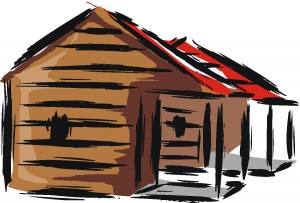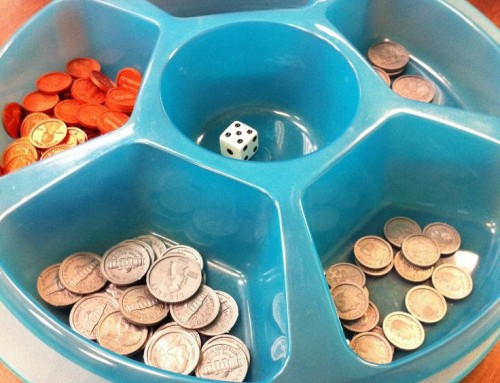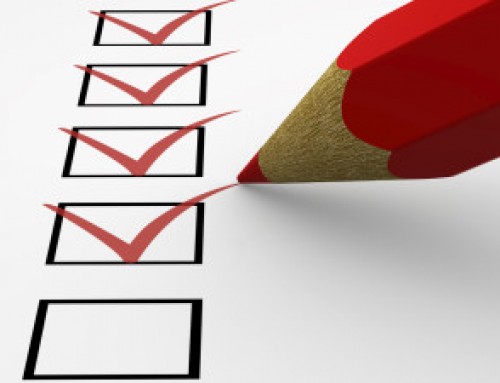If you’ve ever taught a group of kids, or even if you haven’t, you know what it’s like to maintain some semblance of order in a group bigger than, oh…say…two!
It doesn’t take long for kids to get over their awkward self-consciousness and form little cliques, etc. The longer they spend time together, the more challenging it is to get their attention, quiet them down, or give them directions on what they’ll be doing next.
Want a cool way to make this a bit easier? Great. And by the way, I said ‘a bit’ easier…I didn’t say it allows total control but it is so much better than having them all talk while you’re talking (which I don’t remember doing when I was in school, but we’ll save that discussion for my personal blog at a later date).
Introducing Cabins
In our last two-day Camp Millionaire (March 2011), we had 22 kids signed up and my partner, Steve Gordon, suggested (for the umpteenth time) that I should put the kids into smaller groups with each group having two adult volunteers to guide and supervise them.
For whatever reason, his words stuck this time and we tried it.
The results? Fabulous!
Note: Why did we name them cabins? Well, it IS Camp Millionaire but really, we let the participants choose “cabins” so it all works out perfectly…as everything does of course:-).
Cabin Creation
We started with 22 kids, ages 10-14. We decided against randomly putting them into groups because of the age ranges, so this is what we did:
- We decided on the number of groups based on the total number enrolled. With 22 kids signed up (and they all showed up) we decided that 5 or 6 to a team would be a manageable size. This gave us 4 groups.
- We assigned each Cabin a color: green, blue, red, yellow which, by the way, matches the colors for the ‘Build a Business Activity” we do in our two-day Camp Millionaire programs.
- We then assigned two of our coaches/parent volunteers to each Cabin.
- Then we placed the youngest kids evenly across the teams.
- Next we chose the teams for the oldest kids, because we only had a few of them.
- Finally, we distributed the 11-12-13 years-olds. We tried to keep the teams equally populated with ages as well as create a balance between the number of boys and girls in each Cabin. We intentionally placed kids from the same families into different groups so they could stand on their own.
- THEN, we made a list of all the kids and the colored cabins we put them in to use at check-in.
- We had the name tags already created with colored stickers on the back so the coach/volunteer in charge of helping the kids create their name tags could simply check their name on the list and give them the color of the Cabin they’d been assigned to. Keep in mind they had no idea what the color meant. Actually, I don’t recall any of them even asking.
- After we got camp underway, one of the first things we did was get them into their Cabins, introduce them to their Coach/Volunteers and then we just went on with our program.
How we used the Cabins
Most of the time, it was simply great to have them in smaller groups in terms of getting them to be quiet and listen to the next direction. But more specifically, we used them like this:
- Volunteers for each group helped their kids with their Money Game Registers after each round of the game.
- When we wanted to have two groups for an activity, we combined two and voila!
- When we headed into our Build a Business Activity, they were already in teams that became little business groups.
- We used the Cabins for short reviews with their volunteers.
So there you go…Cabins. If doesn’t matter if you have 20 or 200, simply divide and conquer…so to speak:-).
Just always trying to make the program better for you and then.
Enjoy…





Leave A Comment